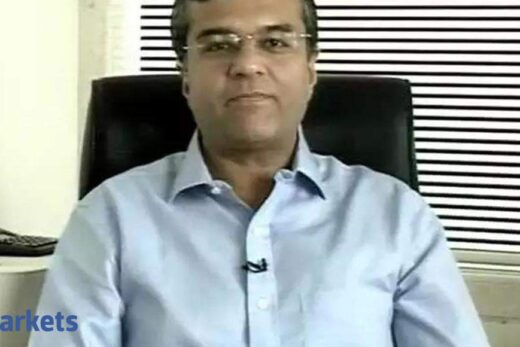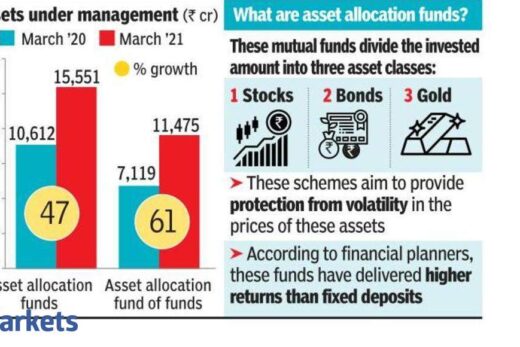The Niti Aayog’s comprehensive yet lucid Monetisation Guidebook document deserves praise for its clear fonts, helpful charts and a general aesthetic not seen in typical Bharat Sarkar documents. A good thought process has gone into designing this programme, and it often draws inspiration from existing monetisation schemes such as toll road concessions.
However, as the government said several times, this is technically not a sale of assets, divestment, or privatisation. The private player can pay to exploit the asset for a while, but not own it. It is like selling someone the rights to grow and take all the apples from your apple orchard, while you retain the ownership of the orchard.
It sounds great in theory. It can even work in practice on a smaller scale, such as one toll road. However, large, national-scale monetisation has several issues that require a lot more clarity. We understand the government’s incentives to do this. However, the deal must also work for the private investor. Else, like many past divestment programmes, this well-intentioned plan may never really take off.
To be fair, the government seems to be aware of this issue. The guidebook mentions that “transfer of such rights in lieu of an upfront/ periodic consideration is defined by a well-defined concession/ contractual framework”. The need for a ‘framework’ is correct. However, when it comes to the Indian government (irrespective of political disposition) the ‘framework’ can often mean a prison for the private player. Our bureaucrats who design such ‘frameworks’ are great at protecting the government but aren’t as good at considering the private player’s point of view. Often, they see the private player as a greedy monster looking for profits and returns.
What will be the driving principle of this programme? What comes first, the private player’s return, or public welfare? For instance, if some private toll road operators are falling short on returns, can they increase the toll? What if people (read voters) living in that area protest? Who will the government favour then?
While mathematical formulas and financial equations can be created, what will be the overall stance of the government towards private players who have paid upfront? Bottomline: can the government be trusted into the future?
If trust levels are low, the scheme will have few interested parties. It will also require a much higher return rate for a private player to take such regulatory/ political risks. I may have the right to sell apples from this orchard, but what if the government decides to set the apple prices? Or what if the water meant for the orchard is diverted to other villagers? If the government is off the hook in running the orchard, and has already collected money upfront, will it really care if the orchard is supported?
Given such risks, the returns required would be much higher. The NIFTY Index returned almost 12% per annum for the last 20 years. A private player can simply park their capital in a liquid NIFTY index fund and make these returns longterm. Why pay that same capital to run a railway station, a toll road or a transmission line, where frequent run-ins with the government and general public will be a way of life? What return rate would you want for all that extra headache, risk and stress ? 15%? 20%? Discount the projected revenues at these rates over 25 years, and the upfront amounts the government earns become quite small.
Unlike what some may believe, Indian government assets aren’t amazing or a pot of gold. They are clunky, weary, and hard to run. Anyone running them should be suitably rewarded. Else, there won’t be many takers. Private capital will simply move elsewhere with better returns and lesser headaches.
Now, a special point about (any) government’s aversion to full privatisation of good PSUs and prime land sales. These are the two things the government actually has a lot of, and is something private players actually want. This is what will eventually raise serious money for the government. The narrative that PSU and land sales are akin to selling family silver is incorrect. Certain PSUs and prime land will be of much better economic use if the government sells them. Also, we have huge government debt. Hence, advising a debt-ridden family to sell their oxidised, blackened and unused silver dinner sets to pay off loans isn’t a bad idea at all.
The asset monetisation programme has fantastic intent. It also shows a long overdue, renewed focus on economic growth. However, the ‘framework’ must ‘work’ for private players. Separately, certain PSU and excess land sales must be pursued too.



